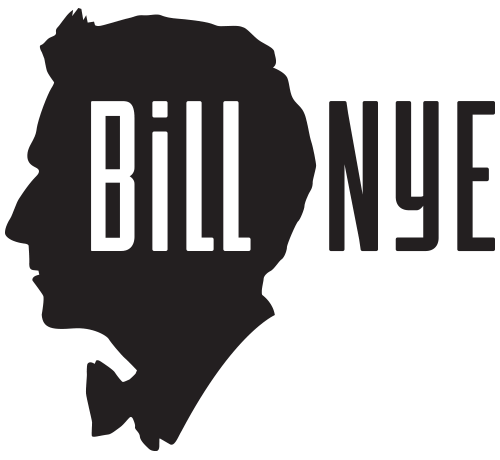
Science of Music
Crank it up – it’s the “Music” episode.
Imagine a world without music. First, you’d have to get rid of all the radios. Then toss out all the tapes, CDs, albums, movie soundtracks, and instruments. Get everyone to stop whistling, humming, and singing. Lucky for us, it’s impossible to turn off the music. Music has been a part of human lives for a long time – even before people used words, they used music to communicate.
Music is the art and science of expressing ideas and feelings through sound. A sad song can say more about how someone feels than most words, and a familiar song can make crowds clap together and feel like one happy family. Whatever the emotion, music seems to have a way to communicate it.
The music we listen to today is the result of years of experimentation with sounds. As people figured out what they liked best, they invented instruments that could play their favorite tones and developed popular rhythms, or patterns of beats. Each note of music, and every tone of each instrument is a sound wave. Some sound waves sound great together. Some not so good. Getting the exact soundwaves in the pattern you want – now that’s science.
The Big Idea
- Music is a pattern of sounds.
- We make music in different ways.
- Music can affect the senses.
Did You Know That?
- The oldest song using instruments and harmonies that is still performed today is an English song called “Sumer is icumen in” from about 1240?
- Regardless of what kind of music you listen to, your heart and breathing rates usually go up?
- The piano was invented in Italy in 1709?
Books of Science!
- Sound: More Than What You Hearby Christopher F. LamptonEnslow Publishers, 1992
- Sound Scienceby Etta KanerAddison-Wesley, 1991.